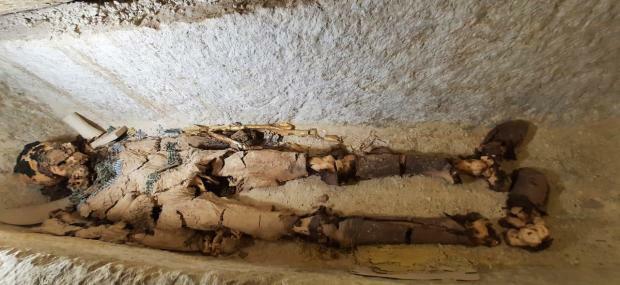Last Thursday, January 26th, archaeologists found in Egypt a mummy covered in gold, located in a closed sarcophagus for over 4,300 years. The situation of the body is considered one of the best ever seen by archaeologists in this type of discovery.
Mummy covered in gold is identified as the body of a man who is not part of royalty
see more
Research reveals that teenage brains are 'wired' to…
PicPay will now charge a fee for inactivity; see how it will work
According to the archaeologists responsible for discovering the tomb, the gold-covered mummy is believed to be the remains of Hekashepes. The man's body does not belong to royalty and is in excellent condition.
The discovery took place in the Saqqara cemetery, located in the south of Cairo, capital of Egypt, even place where other tombs were found, with bodies of other Egyptian men of importance in the era.
In terms of size, the largest mummy found in the Saqqara cemetery belongs to Khnumdjedef, considered of the highest class in Egypt as a priest, inspector and overseer of the nobility.

The other mummy, in turn, belongs to Meri, also from the Egyptian upper class and who was part of the first echelon of the government, considered to be the keeper of secrets. The tombs were located at a depth of 15 meters.
In addition to the tombs, archaeologists also found other historical items in the cemetery, such as ceramic productions. For archaeologist Zahi Hawass, the tombs and objects discovered date from 25 to 22 BC. W.
Importance of mummification to Egypt
The mummification process, according to ancient Egyptian culture, was normally restricted to people of higher classes, and had as its objective the preservation of the body for a later return of the spirit. That's because this civilization believed in life after death.
The Saqqara Cemetery has been active for over 3,000 years in Egypt's capital and is considered a UNESCO World Heritage Site. The Pyramid of Djoser, also known as the Step Pyramid, is located in this cemetery.
Recent searches for items from Egypt's ancient civilization are part of the country's tourism sector strategy, which plans to open the Grand Egyptian Museum in 2023.
